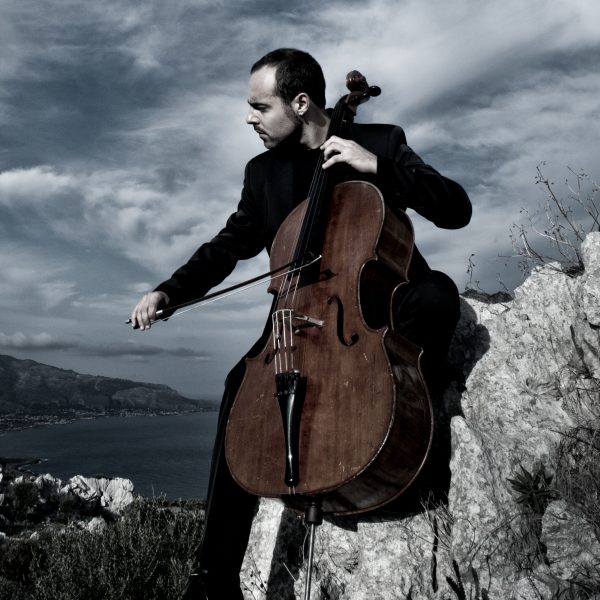Welcome to Facts Vibes! Today, we’re diving into the fascinating world of the cello. Uncover captivating tidbits and fun facts about this marvelous instrument. Get ready to be captivated by the enchanting history and unique characteristics of the cello. Let’s explore the melodious realm of this remarkable stringed instrument together.
The Enchanting History of the Cello: Fascinating Facts You Never Knew
The Enchanting History of the Cello: Fascinating Facts You Never Knew
The cello, known for its deep and rich sound, has a captivating history that dates back centuries. Here are some fascinating facts about this enchanting instrument that you may not have known:
1. Origins: The cello’s origins can be traced back to the early 16th century, with its predecessors being the Viola da Gamba and the Violin.
2. Size and Shape: The cello’s design has remained relatively unchanged over the years, with its iconic large, curved body and long neck contributing to its distinctive sound.
3. Popularity: While the cello was initially popular in chamber music ensembles, it gained widespread recognition as a solo instrument during the 18th century.
4. Notable Players: Legendary cellists such as Yo-Yo Ma, Jacqueline du Pré, and Mstislav Rostropovich have elevated the instrument to new heights with their virtuosity.
5. Repertoire: The cello has a diverse repertoire, ranging from classical masterpieces by composers like Bach and Dvořák to modern works that push the boundaries of the instrument’s capabilities.
6. Construction: Crafted from various types of wood, the cello undergoes a meticulous construction process to ensure optimal resonance and tonal quality.
7. Enduring Appeal: The cello’s emotive and expressive nature continues to captivate audiences across genres, making it a staple in orchestras, string quartets, and even contemporary music.
The fascinating history of the cello is a testament to its enduring allure and timeless significance in the world of music.
Most popular facts
The cello is part of the violin family and is known for its rich and deep sound.
The cello is part of the violin family and is known for its rich and deep sound.
It is also called a violoncello, which means “small violone” in Italian.
The instrument is also called a violoncello, which means “small violone” in Italian.
The cello is one of the largest instruments of the violin family and is played between the knees of the musician.
The cello is one of the largest instruments of the violin family and is played between the knees of the musician.
Most cellos are made from wood, often from maple for the back and sides, and spruce for the top.
Most cellos are made from wood, often from maple for the back and sides, and spruce for the top.
The cello has a range of about four octaves and can produce a wide variety of tones.
The cello has a range of about four octaves and can produce a wide variety of tones.
Cellists use a bow with horsehair to produce sound by drawing it across the strings.
Cellists use a bow with horsehair to produce sound by drawing it across the strings.
The cello has been a prominent instrument in classical music, often featured in orchestras and chamber ensembles.
The cello has been a prominent instrument in classical music, often featured in orchestras and chamber ensembles.
Famous cellists throughout history include Yo-Yo Ma, Jacqueline du Pré, and Mstislav Rostropovich.
Yo-Yo Ma, Jacqueline du Pré, and Mstislav Rostropovich are famous cellists throughout history.
The cello has also been utilized in other genres such as jazz, rock, and folk music.
The cello has also been utilized in other genres such as jazz, rock, and folk music.
It is believed that the modern cello design emerged in the 16th century in Italy.
Yes, the modern cello design is believed to have emerged in the 16th century in Italy.
The cello’s design has undergone various changes over the centuries, leading to the instrument we know today.
The cello’s design has undergone various changes over the centuries, leading to the instrument we know today.
The design of the cello has influenced the creation of electric and carbon fiber cellos for modern musicians.
True. The design of the cello has influenced the creation of electric and carbon fiber cellos for modern musicians.
The cello is an essential instrument in creating the warm and full-bodied sound of the orchestra.
The cello is an essential instrument in creating the warm and full-bodied sound of the orchestra.
It is often featured in solo performances, concertos, and as part of a string quartet.
Violin
The cello is a versatile instrument that can evoke a wide range of emotions through its expressive and resonant sound.
The cello is a versatile instrument that can evoke a wide range of emotions through its expressive and resonant sound.
In conclusion, the fun facts about the cello highlight its fascinating history, versatility, and enduring appeal in the world of music. From its deep and resonant tones to its prominent role in classical and contemporary compositions, the cello continues to captivate and inspire audiences worldwide. Whether it’s the instrument’s impressive range or its unique place in orchestras and ensembles, these fun facts remind us of the cello’s enduring significance in the realm of musical expression.
